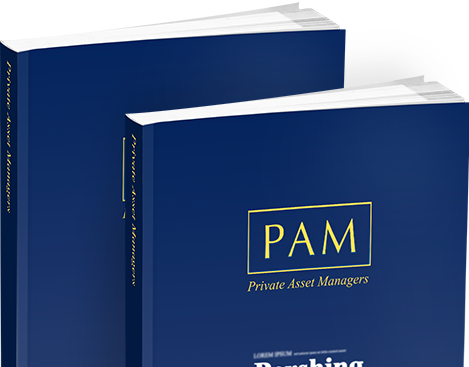As we have seen in chapter seven, asset classes are not homogeneous in terms of their risk reward characteristics. A UK large cap fund has very different risk reward characteristics from a Korean small cap equity fund. Likewise, there are wide differences between the various hedge fund strategies and managers.
This prompts the question of how to define asset classes and sub-groups within them. One way of defining them is according to their expected response to economic conditions, such as price inflation, or changes in interest rates. The weighting to different asset classes will also be determined by their relative risk adjusted returns and correlations. The key is to combine asset classes to provide the highest expected return for a given level of risk, or the lowest level of risk for a given level of return.
Analyse the characteristics of different asset classes to decide the role they can play in your portfolio. For example, they may be divided into UK equities, bonds, international equities, absolute returns, private equity, property, commodities and cash. Studies have suggested that equities are more volatile than bonds over the short term. Over the longer term, however, the volatility of after-inflation returns of equities falls lower than bonds. This means you should have a significant exposure to equities if you want capital growth over the long term.
It is argued by some wealth managers that you should only hold a sufficient proportion of bonds to protect the portfolio against financial uncertainty. This frees up assets to diversify into alternative asset classes to reduce volatility without sacrificing returns in the process.
Absolute return strategies, which include hedge funds, are designed to generate positive and steady long-term real risk-adjusted returns. Some commodities can protect the portfolio against inflation as they represent claims or future streams of inflation-sensitive income. Some can provide stability for the portfolio during periods of stock market turmoil although this comes at the cost of an inability to keep pace during bull markets for equities.
It is not only for diversification benefits that you should consider alternative asset classes. They can also be more predictive although this does not mean they are predictable. Commercial property and fund of hedge funds can, for example, can deliver steady returns.
Taking a longer term approach to investment means you do not need to be so concerned about liquidity, so you can have greater exposure to private equity and property.
Highly liquid large cap stocks receive extensive coverage, so it is difficult for investors to gain a significant advantage. In contrast, there is less available information about less liquid and small cap stocks, so these investments can provide an opportunity to generate out-performance.
Furthermore, liquidity tends to increase and decrease, as the popularity of the underlying assets waxes and wanes. Once illiquid investments succeed, liquidity follows as investors clamour for shares. If a liquid investment fails, then liquidity dries up as it falls from favour.
The PAM Directory is a comprehensive guide on comparative data focusing on asset managers, investment managers, private banks, stockbrokers, wealth managers and multi-family offices, who provide discretionary and/or advisory portfolio management services for private clients.
Order Now
Subscribe to PAM to hear about the latest news and promotions
Site Content Copyright PAM Insight Ltd 2016
This option is not available when logged in as a Private Asset Manager.
For registering with PAMonline. You should now receive an email asking you to verify your email address. If you do not receive this email, please call +44 (0)207 967 1601 for assistance.
To reset your password please enter code below.
To restore your password please enter your email below.
To see full information of the Private Asset Managers, plus the opportunity to rate and follow, login or register
For registering with PAMonline.
You should now receive an email asking you to verify your email address.
If you do not receive this email, please call +44 (0)207 967 1601 for assistance.
To return to the Home page, click here
To see full information of the Private Asset Managers,
plus the opportunity to rate and follow, login or register.
Please fill in all the fields.
To activate your account enter valid activation code below.
To resend activation email type in your registered email address below. Or contact the PAM office on +44 (0)20 7967 1608 to get instructions to activate your account.
